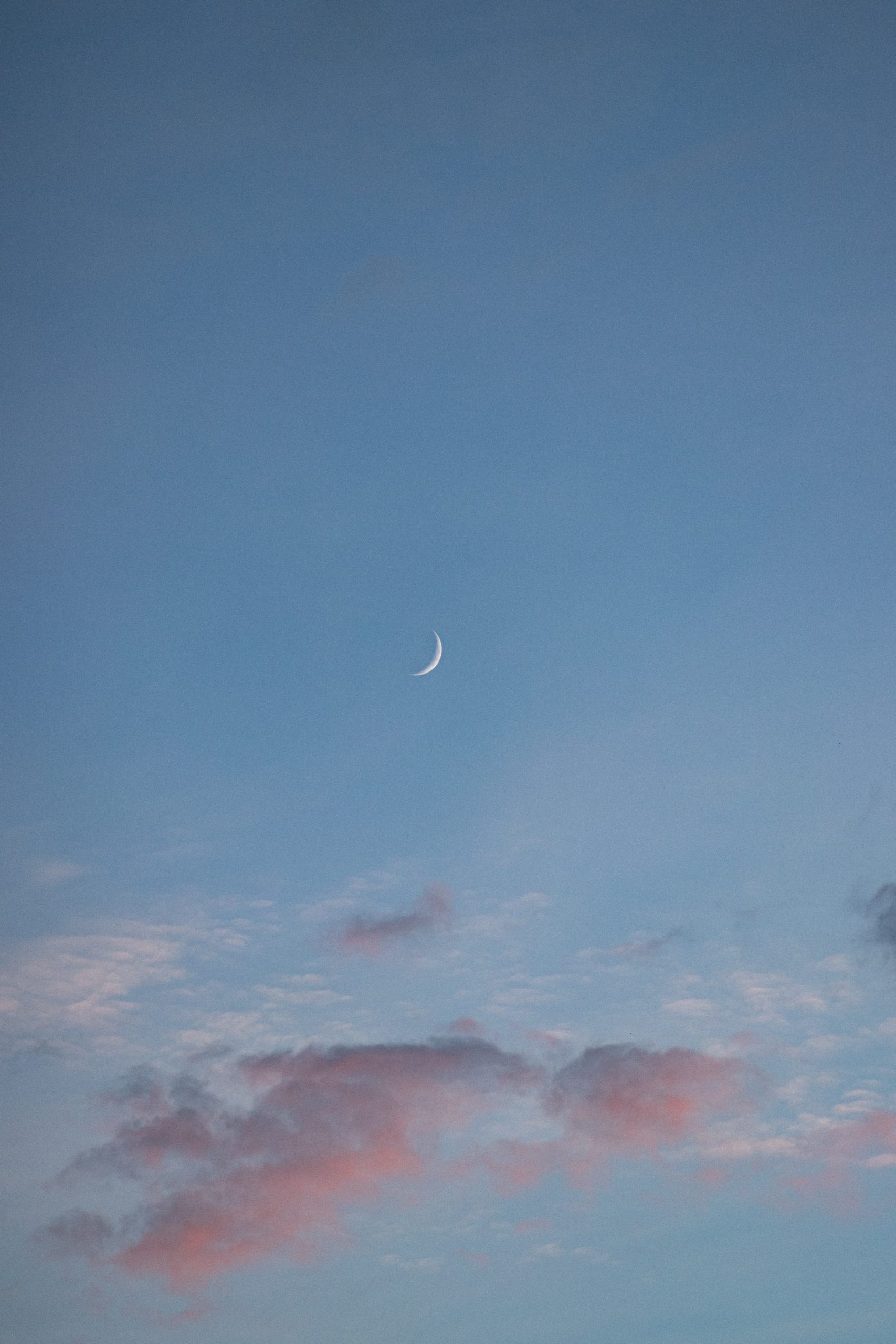The Meaning Behind the Islamic Symbol: Star and Crescent
Islam, one of the world’s major religions, is distinguished by its unique symbols and icons. One such symbol that holds great significance is the star and crescent. This emblem has deep historical and cultural roots, while also carrying religious symbolism. In this blog post, we will explore the intriguing meaning behind the star and crescent in Islam.
The Origins of the Star and Crescent Symbol
The exact origins of the star and crescent symbol in Islam are still debated among scholars. However, it is widely believed that the symbol predates the religion itself and has ancient Mesopotamian and Byzantine influences.
In the pre-Islamic era, the star and crescent were associated with various civilizations and cultures. The crescent moon represented the moon god, while the star was often linked to Venus, a prominent celestial body. These symbols were pervasive in the region and held different meanings across different societies.
When Islam emerged in the 7th century CE, it encountered societies that had already embraced the star and crescent symbol. As a result, some believers adopted the emblem as an Islamic symbol, integrating it into their faith. Over time, the star and crescent became connected to the Muslim world.
The Symbolic Significance in Islam
The star and crescent symbolize various concepts in Islam, with different interpretations existing among scholars and followers. While the symbol is not explicitly mentioned in the Quran, it is still recognized and embraced by many Muslims.
Representation of Knowledge and the Divine
One interpretation associates the star and crescent with knowledge and the divine. The star signifies inspiration, enlightenment, and guidance from Allah, the Arabic term for God. It represents the light of knowledge that believers seek through their faith.
The crescent moon, on the other hand, embodies the month of Ramadan, an essential time in the Islamic calendar. Ramadan is a period of spiritual reflection, self-discipline, and submission to Allah. The crescent symbolizes the beginning of a new lunar month and the enduring cycle of rebirth and renewal.
Symbol of Unity and Identity
For some, the star and crescent hold significance as a unifying symbol within the Islamic community. It serves as an emblem that transcends the geographical, cultural, and linguistic diversity of Muslims worldwide. The symbol helps foster a sense of unity and identity among believers, connecting them to a shared heritage and faith.
Additionally, the star and crescent can act as a visual identifier for mosques, Islamic organizations, and even national flags. Many predominantly Muslim countries incorporate the symbol into their national symbolism, further solidifying its importance.
Depiction of Islamic Civilizations
The star and crescent have also become representative of Islamic civilization and its contributions to various fields, including science, art, and architecture. The symbol invokes a sense of historical pride and legacy for followers of Islam.
Throughout history, Islamic scholars and societies made remarkable advancements in astronomy, mathematics, medicine, and the arts. The star and crescent, as a symbol associated with these achievements, reflects the intellectual and cultural impact of Islamic civilization on the world.
Controversies and Misconceptions
Just like any iconic symbol, the star and crescent have occasionally faced controversies and misinterpretations.
One common misconception is that the symbol directly represents Islam as a whole, with some mistakenly believing it to be an official emblem of the faith. It’s important to note that Islam does not have a universally recognized or officially mandated symbol, and the star and crescent are not inherently linked to all aspects of Islamic theology.
Furthermore, the symbol has sometimes been misappropriated or misused, leading to misunderstandings or negative connotations. It’s crucial to approach the star and crescent with cultural sensitivity, acknowledging its meanings and historical contexts.
In Conclusion
The star and crescent symbol in Islam carry a rich historical legacy and diverse interpretations. Its origins lie in the pre-Islamic era, where it held different meanings across different civilizations. Today, the star and crescent serve as a powerful visual icon for Muslims worldwide, symbolizing knowledge, identity, unity, and the cultural contributions of Islamic civilizations.
As with any symbol, it is important to understand its significance and cultural context, avoiding generalizations or assumptions. By delving into the meaning behind the star and crescent, we gain a deeper appreciation for the beauty and complexity of Islamic symbolism.
Table of Contents
